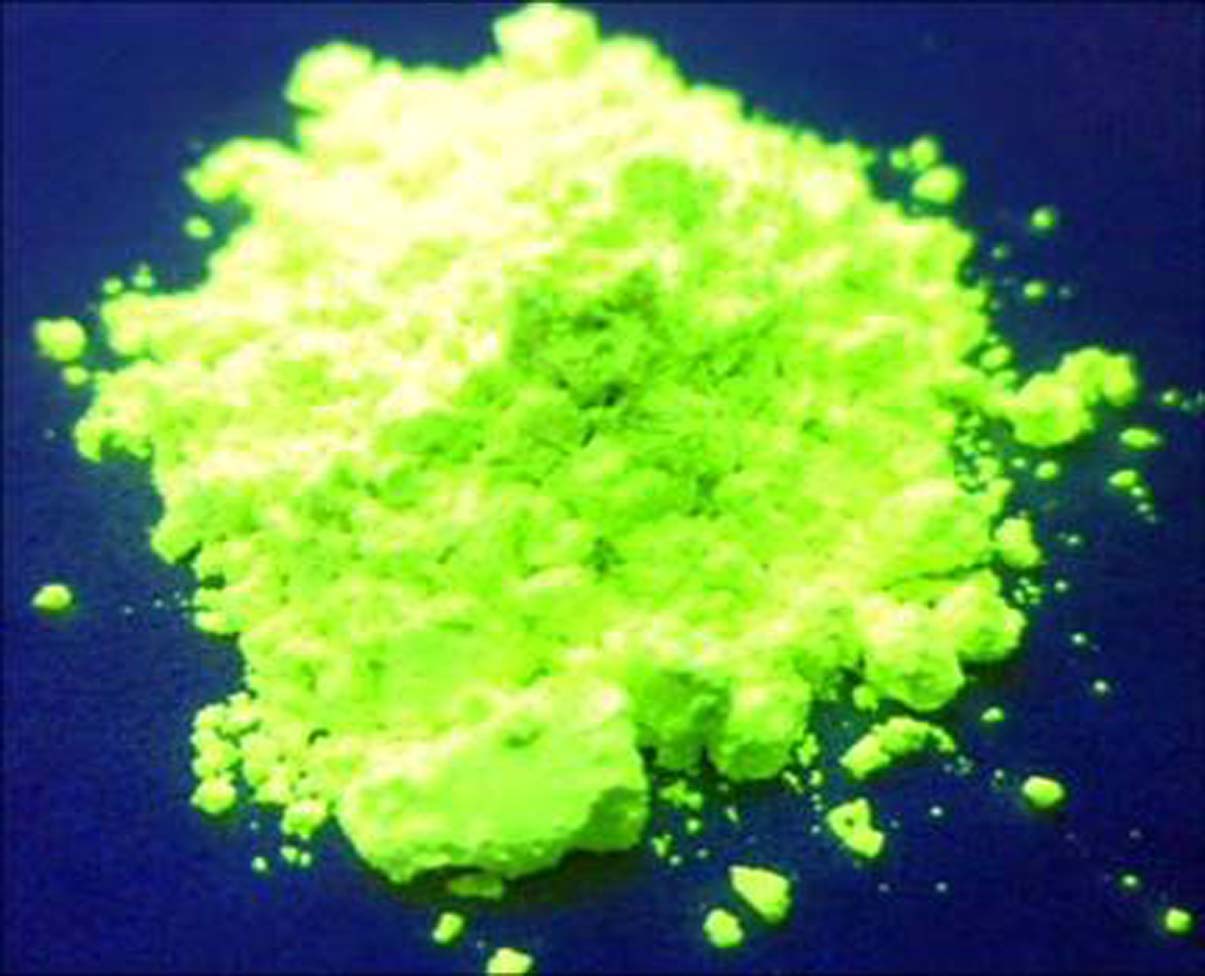The research on energy-saving products and their substitution for traditional products to lessen the power dissipation has currently become a worldwide tendency for future industry development owing to the energy shortage. Lighting and display devices consume large parts of electrical energy each day; and therefore, LEDs (light-emitting diodes) based onsolid statelighting technique have been regarded as potential candidates to replace the fluorescent lamps and incandescent lamps that have low conversion efficiency and short lifetime. One of key issues to fulfill the using of this white LED lighting technique in home life is to achieve high color rendering index and low color temperature of the device that highly depends on the phosphor materials. The conventional phosphors used in white LEDs mainly involve silicate and aluminate materials based inorganic materials, but they are with some shortages such as chemical instability and thermal decay. Currently, oxynitride/nitride phosphors with excellent color rendering index, high emission efficiency, low color temperature, long life time, high chemical stability and outstanding thermal stability have gradually become important phosphor material systems used in white LEDs.
Up to now, the prevailing synthetic approach for these oxynitride/nitride phosphors is gas-pressure sintering (GPS) method. However, this method usually results in high requirement for apparatus, unaffordable electric energy consumption, and correspondingly increased machinery maintaining cost. The nitride powders synthesized by this method inevitably agglomerate after firing above 1700 oC, and the following milling processing always damages the crystal surfaces of the powders which results in formation of surface defects and deteriorate the photoluminescence properties. Moreover, the low pack density and large dissipation coefficient caused by non-uniform particle size distribution would also lower the PL efficiency. The raw materials of metals or metal nitrides used for synthesizing nitride phosphors are not only expensive but also unstable in air ambient, which could lead to the high cost for synthesizing nitride phosphors. Presently, only a few companies in Japan and USA are able to provide acceptable nitride phosphors to LED industry. Therefore, it is urgent to explore a green, reliable, and low cost technique to prepare oxynitride/nitride phosphors with high quality.
Nowadays, Dr. LIU Lihong and Prof. HUANG Qing from the Structural and Functional Integration of Ceramics Group, Ningbo Institute of Materials Technology and Engineering (NIMTE), Chinese Academy of Sciences (CAS) have successfully synthesized high-quality nitride phosphors at much lower temperature and normal pressure by utilizing microwave sintering method. The mechanism of microwave method is to utilize the interaction between polarized molecular and electromagnetic field to volumetric heating reactants and to accelerate the synthesis of nitride phosphors. Compared to conventional GPS method, the microwave sintering method can achieve uniform heating in large region in material without any thermal gradient, rapid temperature rate, and short annealing time, favoring to obtain the resultant powders with uniform size distribution. As an example, Ca-α-SiAlON:Eu²+ phosphor with excellent PL properties for white LEDs has successfully been synthesized under 1550 oC at normal air pressure, which is at least 150 oC lower than conventional GPS method (1700 oC and 0.5 MPa N2 pressure). Moreover, compared to GPS method, under the same synthesis condition, the emission intensity, quantum efficiency, and thermal stability of the phosphors synthesized by microwave sintering method are significantly improved. Especially, under 450 nm excitation, the external quantum efficiency of the as-synthesized phosphors by microwave method is 48 %,which is believed to be equal or exceed those of commercial phosphors after post-treatment. Please find Fig.1 photograph of Ca-α-SiAlON:Eu²+ phosphor synthesized by microwave method. Fig.2 photograph of SrSi2O2N2:Eu²+ phosphor synthesized by microwave method.
 |
| Fig.1 photograph of Ca-α-SiAlON:Eu²+ phosphor synthesized by microwave method (Image by NIMTE) |
 |
| Fig.2 photograph of SrSi2O2N2:Eu²+ phosphor synthesized by microwave method (Image by NIMTE) |
The successful development of green and cost effective technique for synthesizing nitride phosphors will largely lower the cost of fabrication of white LEDs using in lighting and backlight display, and will largely accelerate the popularization process of solid state lighting technique in China. The microwave technique has applied Chinese Invention Patent (201110152682.4)and PCT Patent Protection in June, 2011.
This work was supported by funding from“Team Program” of NIMTE, CAS 100 Talents Program, and The National Natural Science Foundation of China.
Group Leader Prof. HUANG Qing Huangqing@nimte.ac.cn

